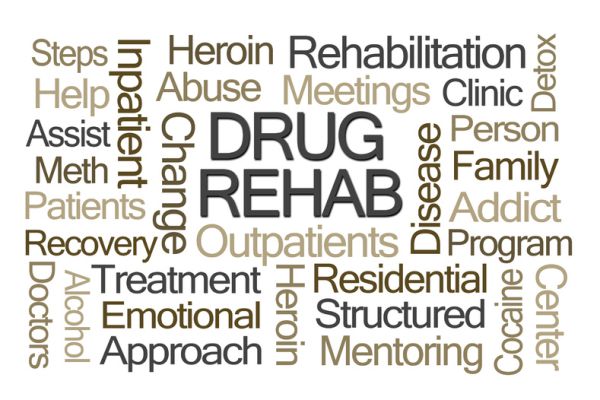Washington State Opioid Response Plan: A Multi-Pronged Approach

The Washington State drug rehab community has banded together to fight the opioid epidemic. In 2016, the state began working with community agencies to develop and implement a comprehensive strategy to save lives by stopping opioid addiction in Washington State. Together, they created the Washington State Opioid Response Plan.
This article explores some of the ongoing projects of the Washington State Opioid Response Plan, the state’s comprehensive strategy to reduce morbidity and mortality associated with opioids. How will these projects help fight addiction in the state?
Washington State Drug Rehab Coalition
The plan was simple on the surface: reduce the opioid addiction crisis in Washington State. Four working groups of professionals developed a plan with four key subsets under this goal, targeting segments in the state. Over the past year, the plan focused on four priorities:
- Preventing opioid abuse in Washington State.
- Treating addiction in Washington State drug rehab facilities.
- Preventing overdose deaths.
- Collecting data on prevention and morbidity/mortality.
These four goals were applied through a number of programs across four subsets of the drug treatment community and the addicted populations in Washington State:
- Individuals who were misusing prescription opioids or had escalated to heroin.
- Healthcare providers and other professionals in the mental health and substance abuse communities, along with first responders and other social service providers.
- Communities such as tribal populations, schools, citizen groups, and family members.
- Systems, such as policies applied in criminal justice, public health, and the medical community.
The Washington State drug rehab coalition has implemented a wide variety of activities across this spectrum. Some of their efforts have included:
- Educating healthcare providers about the dangers of opioid overprescribing.
- Promoting prescription drug monitoring programs that help healthcare providers spot drug-seeking behaviors.
- Training and coaching healthcare providers on prescribing opioid alternatives to pain management.
- Teaching institutions, boards, commissions, insurers, and associations about the issue.
- Enhancing and updating educational curriculum about the dangers of opioid over-prescribing for new doctors, nurses, and other medical professionals.
- Changing the defaults in electronic medical records systems to reduce the amount of recommended opioid prescriptions.
- Advocacy with insurers to increase reimbursement for prescriptions of non-opioid pain relief.
- Providing educational messaging around opioid abuse to the public.
- Evaluating the impact of these and other efforts.

These are only a few of the efforts that have been undertaken in the last year. To see all of the initiatives, go to stopoverdose.org.
Since the Governor announced the initiative in 2016, providers have worked diligently to enact these and many other changes to the way the Washington State drug rehab community fights the opioid epidemic. This is an ongoing battle to fight addiction at every level; it is simply too early to determine the data from 2017.
One thing is clear; the cumulative effect of these efforts will eventually change opioid prescribing habits by doctors, which will help lessen the volume of addicted people. With deaths from overdoses hitting a record level last year, the combined efforts of professionals across the state are exactly what is needed to help turn the tide against substance use disorders.




